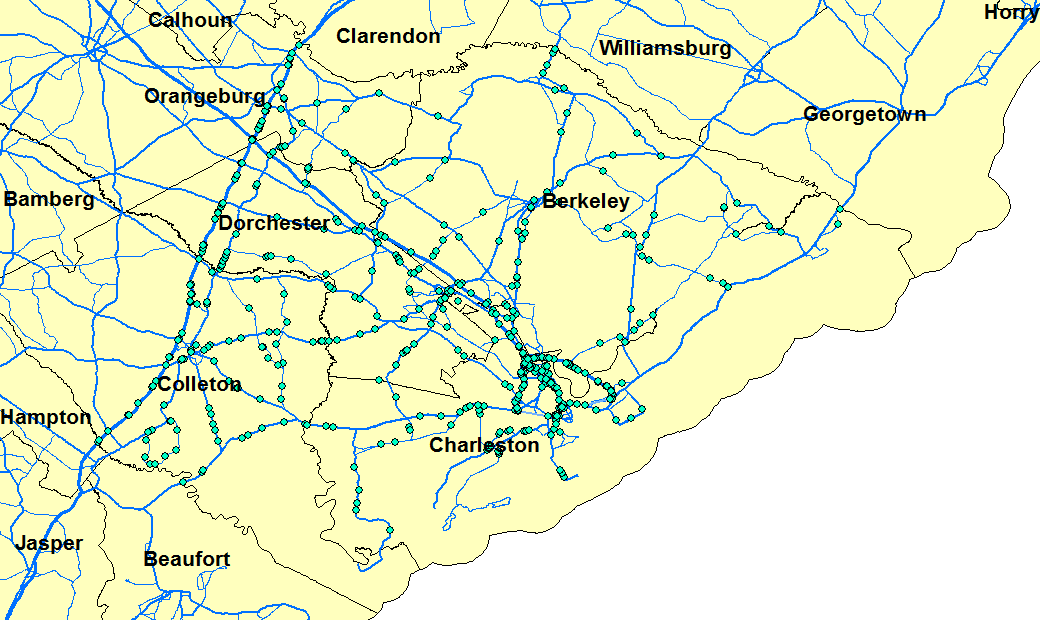Computational and analytical Bridge and bridge network reliability assessment
Funding: National Science Foundation
Collaborators: Dr. Jamie Padgett, P.I., Rice University
Students: Jay Gosh and Keivan Ronkneddin
Bridge infrastructure owners are challenged to effectively manage risks not only from aging and deterioration but also from natural hazards, such as earthquakes or storm surge. These difficulties are stimulating an emerging trend of instrumentation and condition assessment of bridges. This project will synthesize newly available bridge condition datasets into bridge system and bridge network reliability and risk metrics for multiple hazards, and promote effective interventions at the bridge system and network level. Three primary research goals support this effort: (1) To update models of bridge vulnerability from natural hazards with data on in-field condition. (2) To enable a network of smart bridges capable inferring condition status and reliability under multiple hazards given limited data from sample instrumentation sites. (3) To identify critical bridges and required upgrades that ensure uniform network-level performance through a new nested inverse reliability method. Integrating the new tools for rapid fragility assessment and inference modeling within the novel inverse reliability method provides an approach to effectively invest funds to achieve target network-level performance goals.

Publications:
- Dueñas-Osorio, L.* and J. Padgett, (2010). “Augmented system failure events for bridges under earthquake hazards.” Proceedings of the 2010 Structures Congress, Orlando, Florida, USA, May 12 – 14, 2010.
Project:
Award Number: http://www.nsf.gov/awardsearch/showAward.do?AwardNumber=0928493
